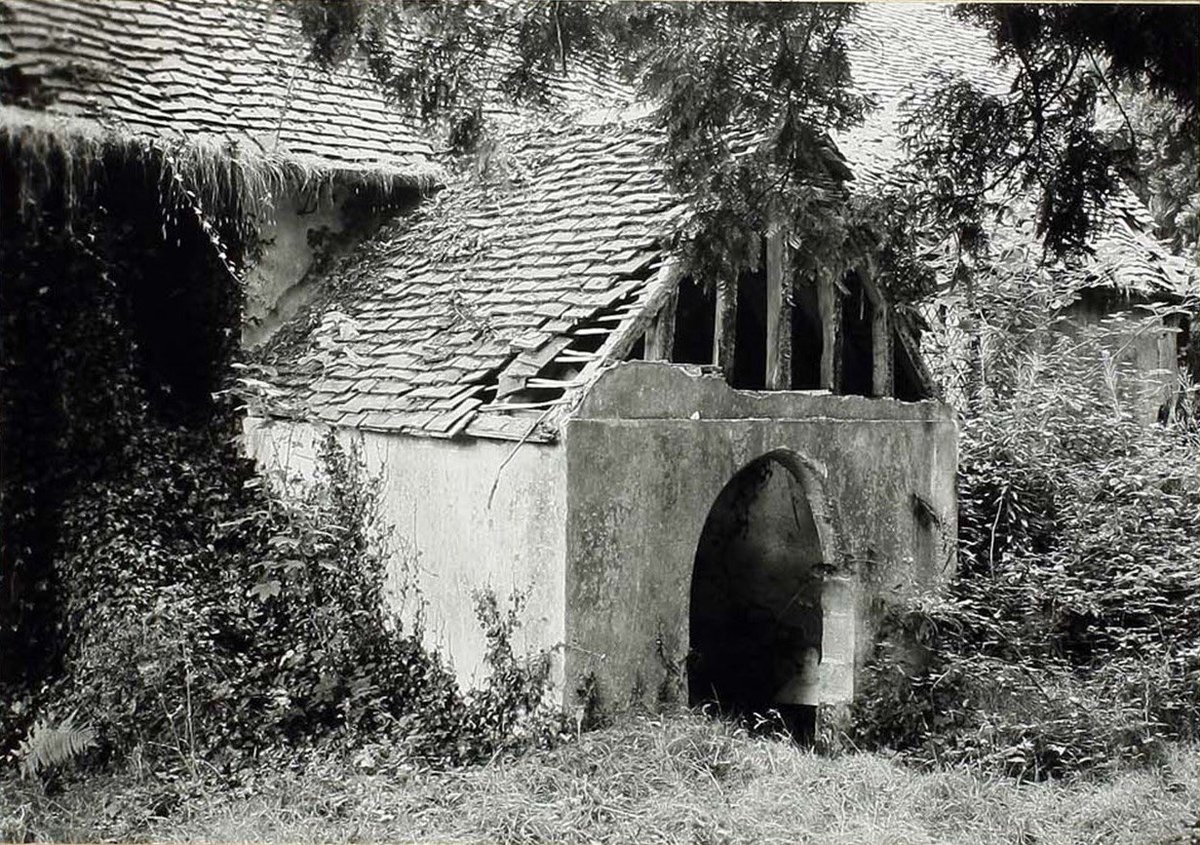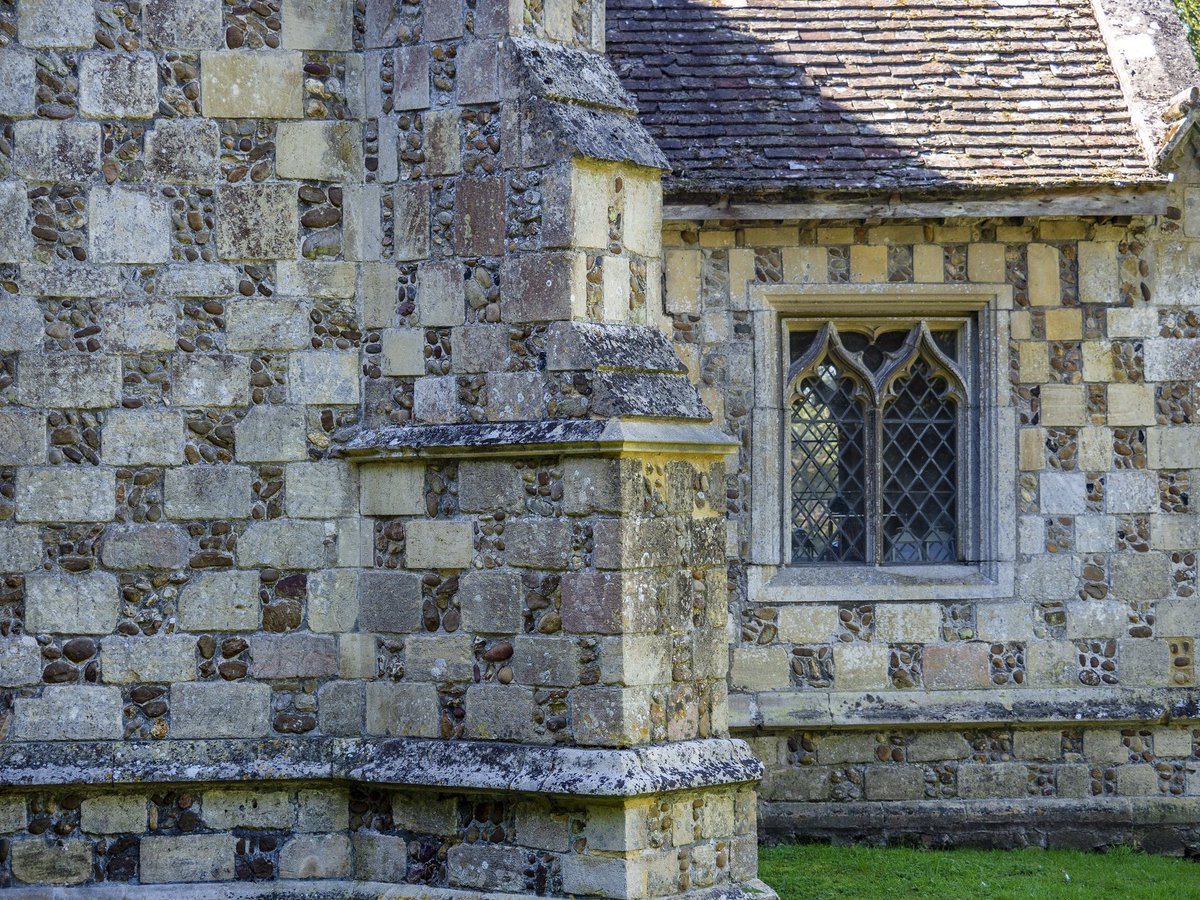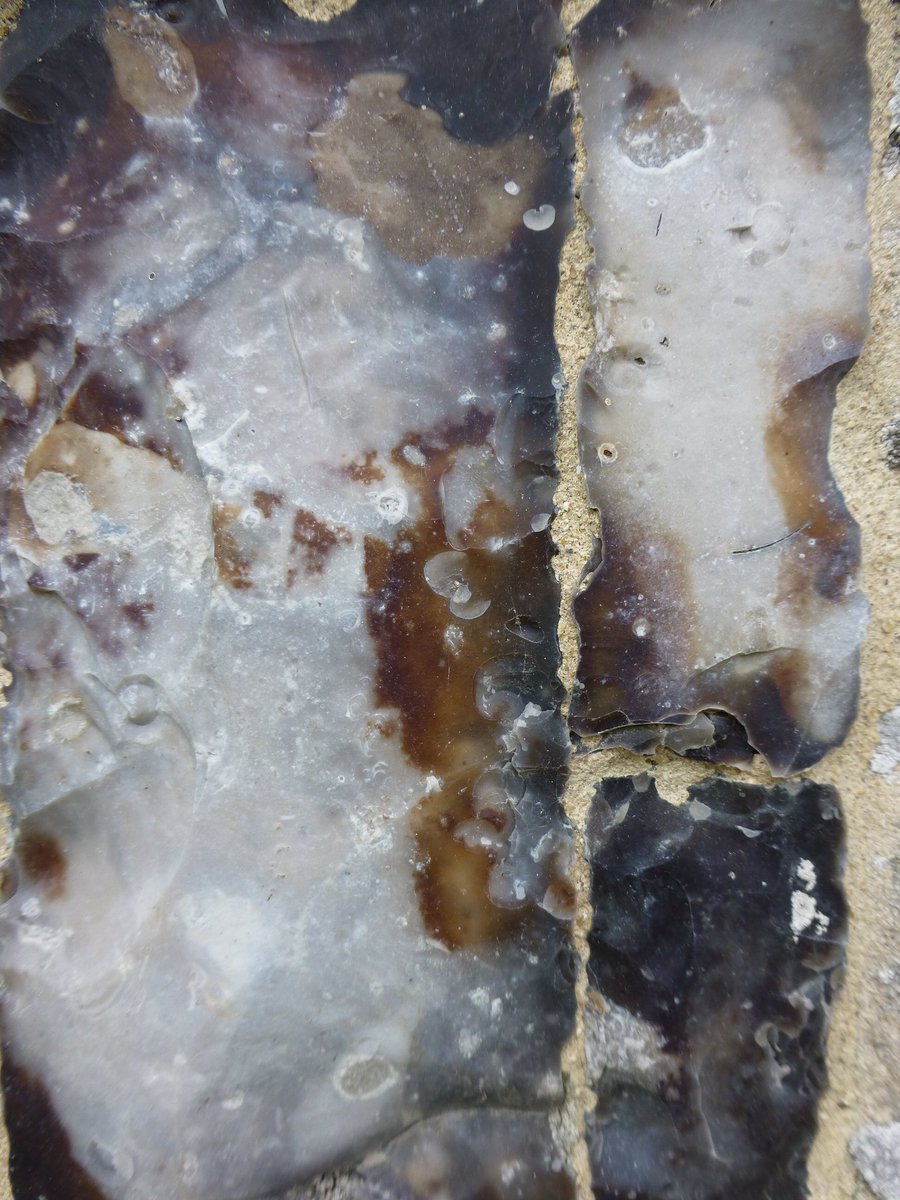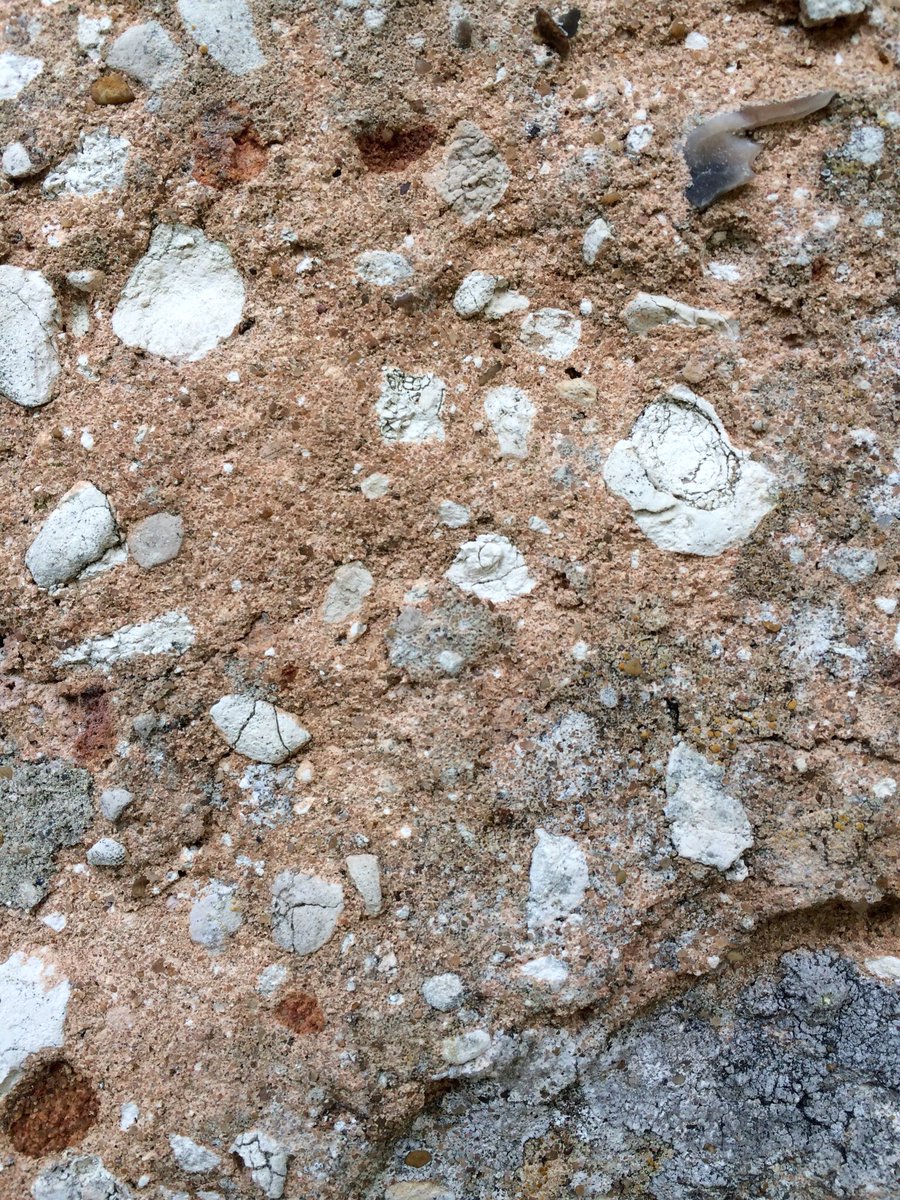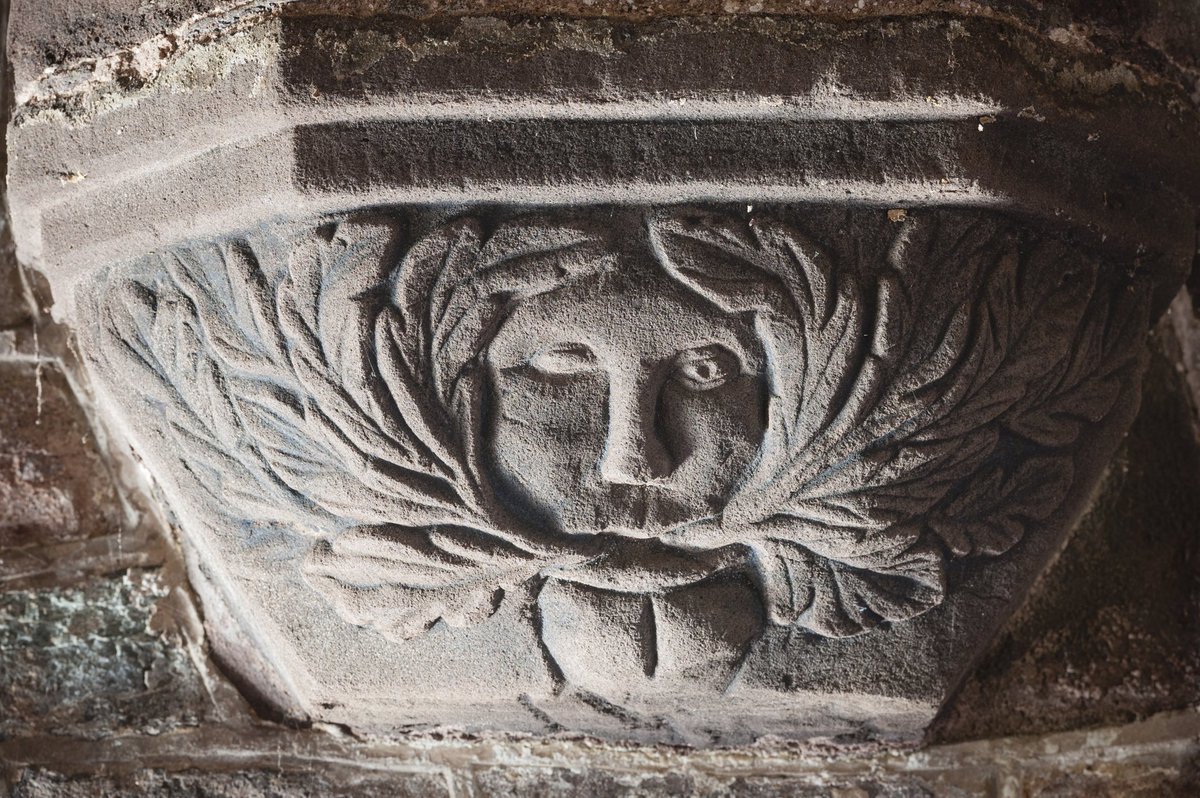
So far this year, we’ve taken three closed churches into our care. They were no longer needed for worship. Two would have been demolished.
Our places of worship are the spiritual investment of generations, and they should survive.
The churches we’ve saved in 2020 are…
#thread
Our places of worship are the spiritual investment of generations, and they should survive.
The churches we’ve saved in 2020 are…
#thread

St Helen's, Barmby-on-the-Marsh, Yorkshire closed in 2007. The earliest record of a chapel here dates to 1388. In 1489, the parishioners petitioned at Rome for a grander church. This was granted. Only the nave survives from this date.
2/
2/

The medieval tower with timber spire was ruinous by 1773, and was dismantled, rebuilt in red brick and crowned with a copper cupola. The chancel seems to have been added only in the 19th century, when the church was restored in 1854 by Thomas Clarke.
3/
3/

We are undertaking repairs now – with financial assistance from the Culture Recovery Fund.
We are delighted that we could save this church from the wrecking ball.
4/
We are delighted that we could save this church from the wrecking ball.
4/
Like St Helen’s, St Lawrence’s, Hutton Bonville, NR of Yorkshire also closed in 2007. It has lain empty since then. St Lawrence’s is a small medieval church that was much altered in the 18th and 19th centuries.
5/
5/

There’s a lot of work to be done before we can open this church to visitors. From next spring, we will address the structural issues, restore the interior and welcome people back inside after many, many years.
6/
6/

Buried in the churchyard is the Hon. Charles Stewart Rolls, pioneer aviator, who died 1910 in a flying accident, the first British aircraft fatality. It was C. S. Rolls that co-founded the Rolls-Royce firm.
8/
8/

Repairs are needed to all three of these churches, but we are optimistic that we will be able welcome people back into these important buildings next summer.
9/
9/

We work on a shoestring. We put everything we can into saving, repairing, and opening up places of worship. It’s your membership and donations that enables us to do this – so, thank you! *You* saved these churches!
For more info on all 3 churches: bit.ly/37afb2e
10/
For more info on all 3 churches: bit.ly/37afb2e
10/
• • •
Missing some Tweet in this thread? You can try to
force a refresh










